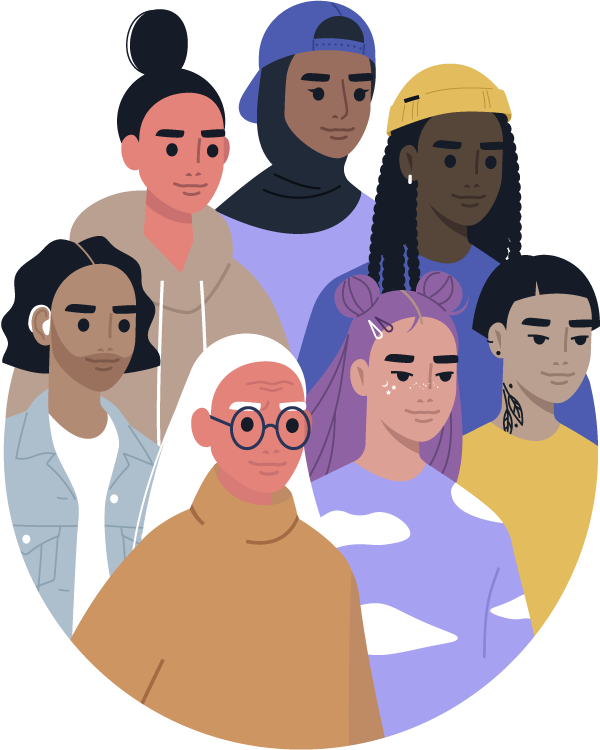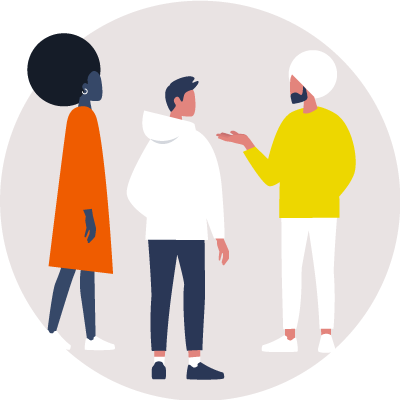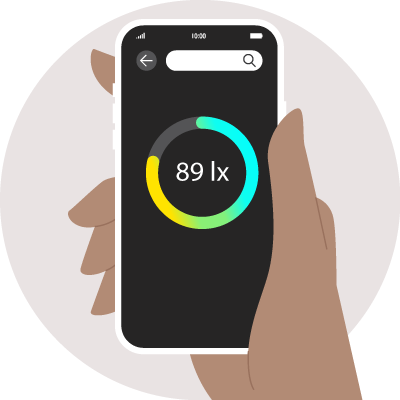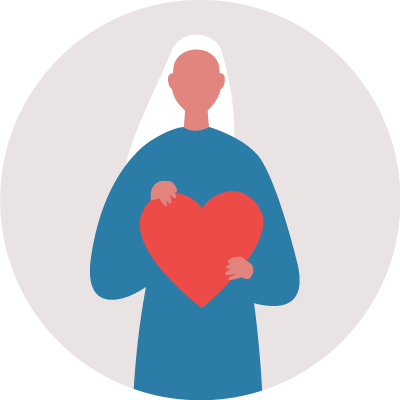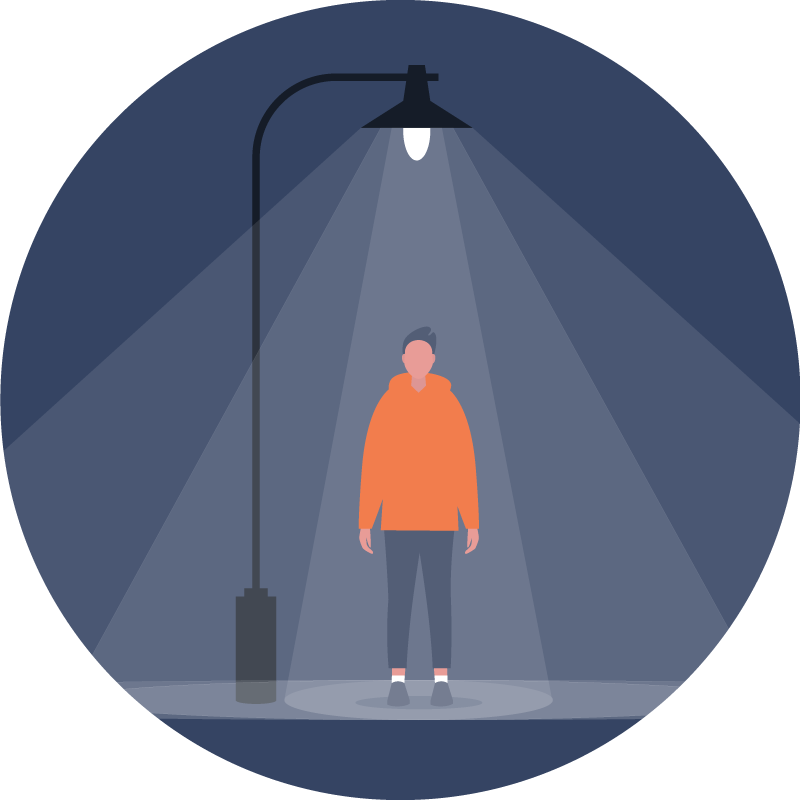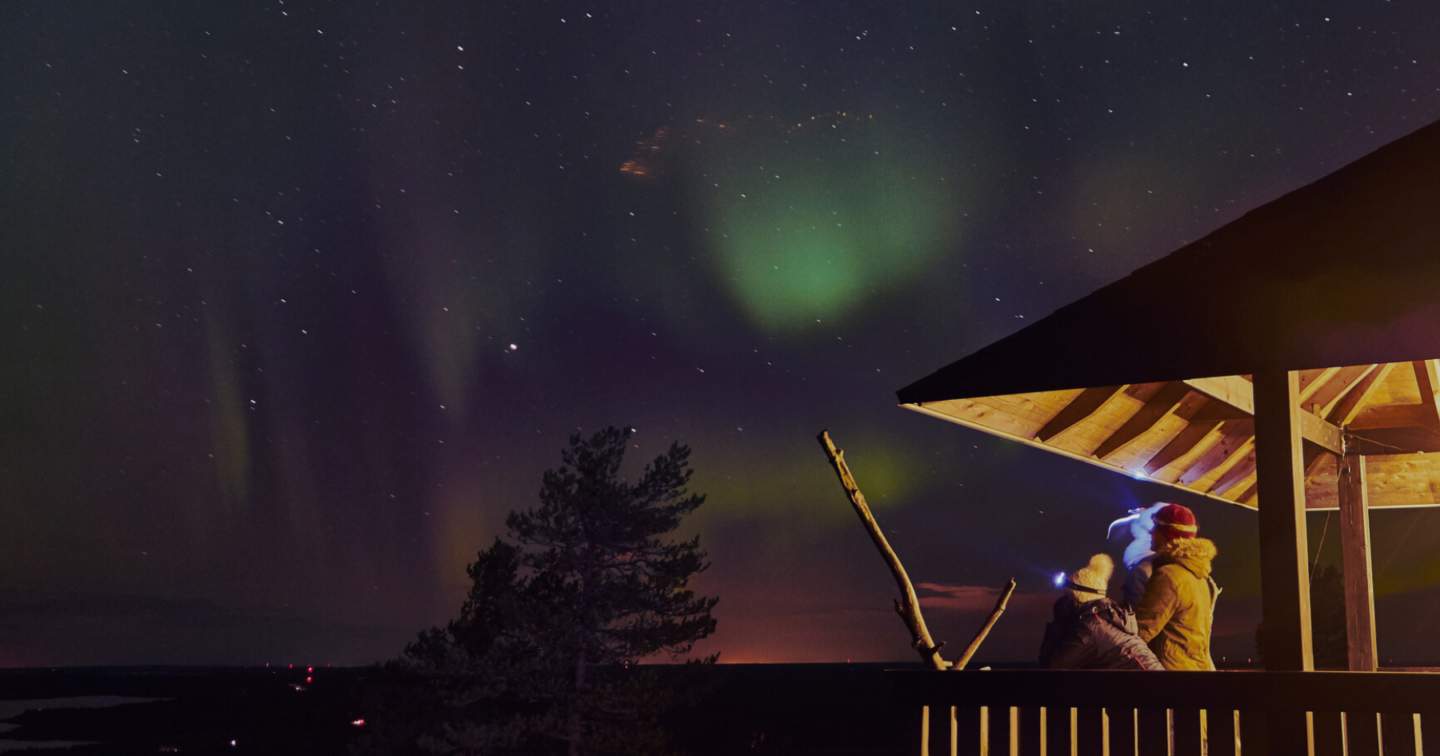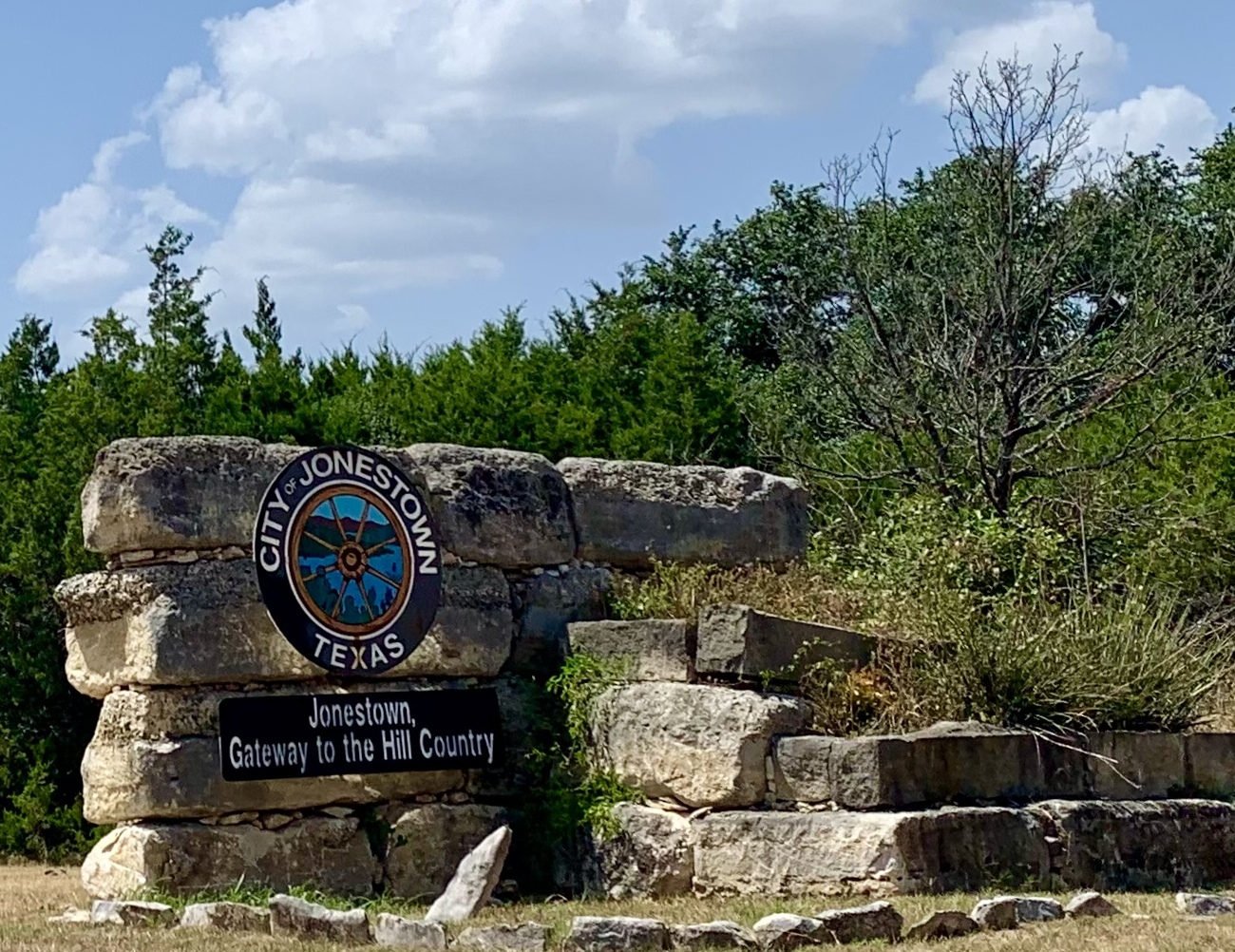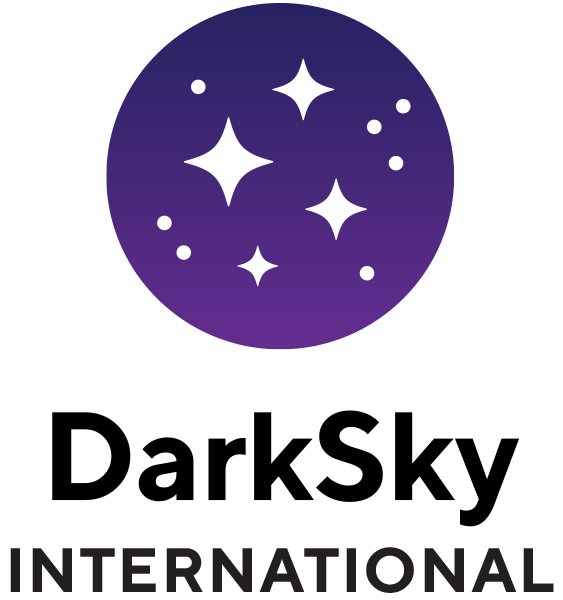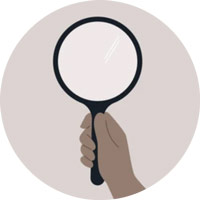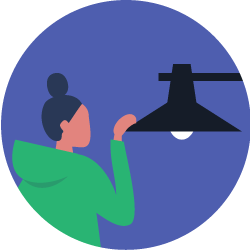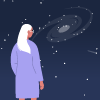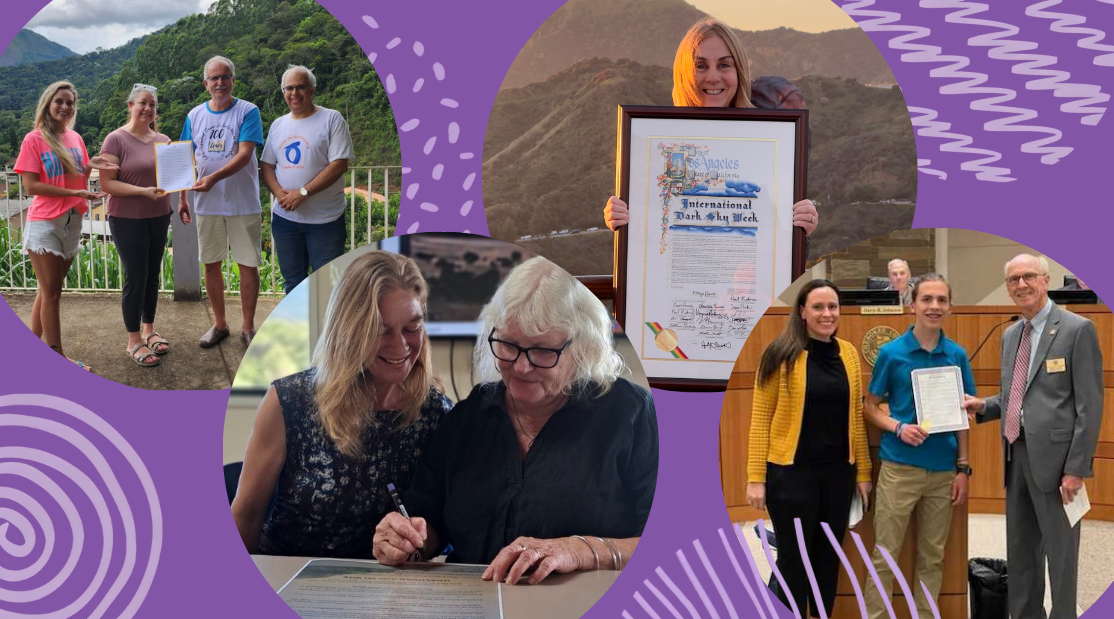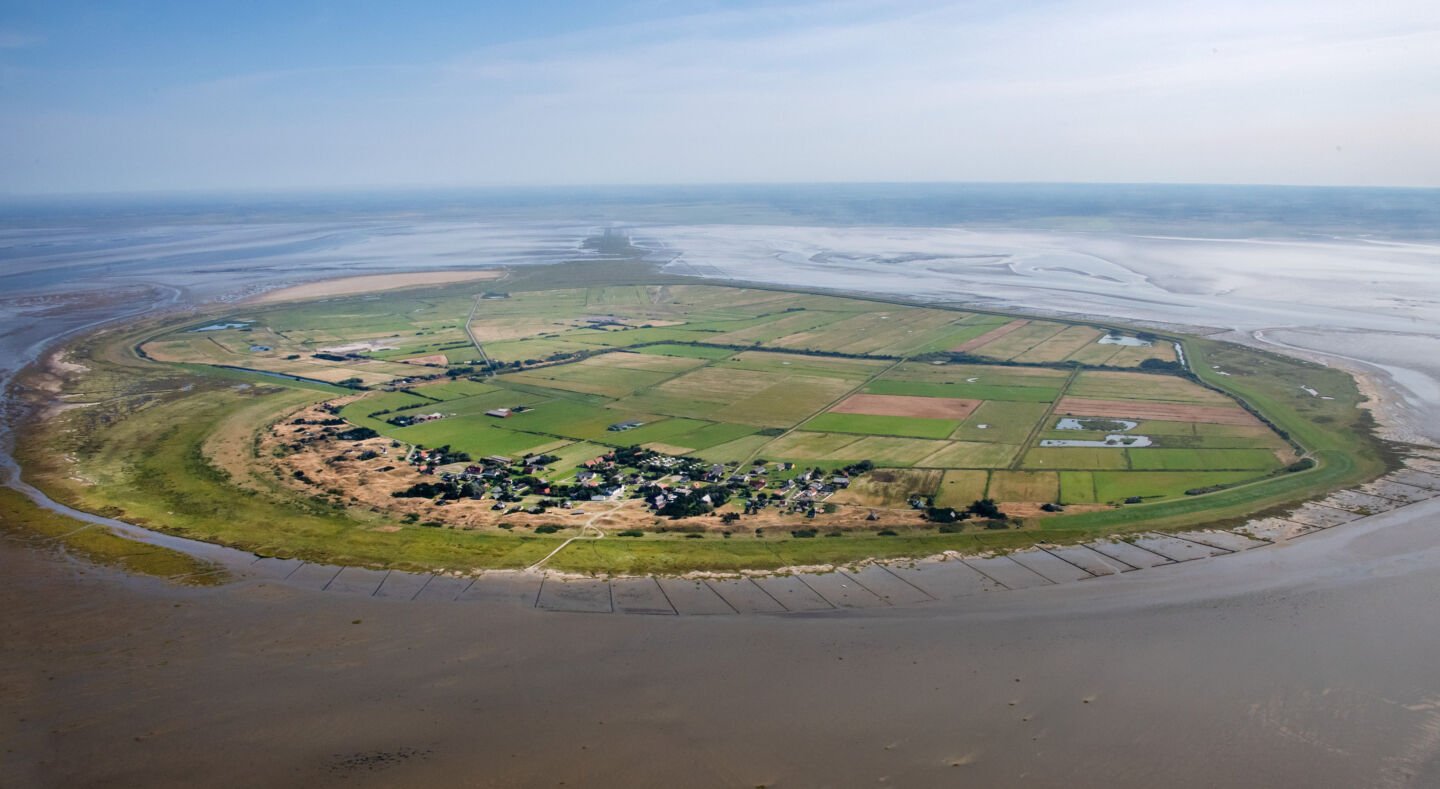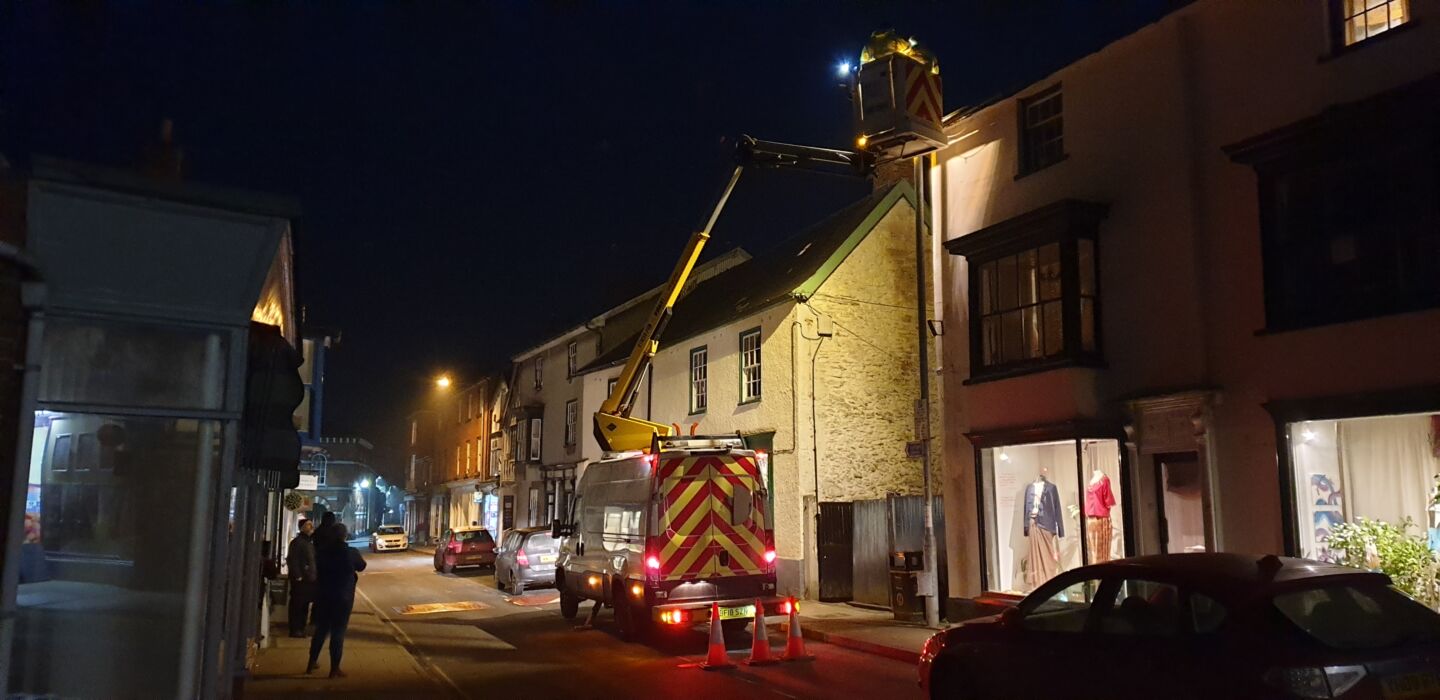
Q&A with DarkSky Advocate Debbie Moran from Texas, USA
Texas-based DarkSky Advocate Debbie Moran emphasizes education for police and believes it is crucial to dispel misconceptions about lighting.

Each month DarkSky International features a DarkSky Advocate from the worldwide network of volunteers who are working to protect the night. This month we’re highlighting the work of DarkSky Delegate Debbie Moran in Texas, USA.
Based in the Houston area of Texas, USA, Debbie Moran is a force in the dark sky community. Over the years, she has gone above and beyond in her advocacy working with the Houston Mayor and City Council on light pollution issues. She has been able to leverage local media, she writes and speaks before many council meetings, and she has done a great job helping raise the public’s awareness of light pollution in the Houston Metropolitan area. Our Director of Engagement, Bettymaya Foott, recently sat down with Debbie in a Q&A to gain some insight into how she has made an impact with her advocacy work. Meet Debbie below!
Q: What got you interested in protecting dark skies? How long have you been advocating for dark sky conservation?
A: I have been interested in astronomy since childhood in West Texas but started hearing DarkSky International talks soon after the organization was founded at astronomy conventions. I first advocated for a specific project in 2005 when my neighborhood decided on decorative street lights, and Houston was not allowing full cutoff optics. I was alerted to the LED street light problem before it happened when I heard a talk in 2007 that there was the fear that cities would adopt LED street lighting before the technology for warmer LEDs was well developed. I already knew when Houston announced 4000K in 2015 that this was going to be a problem, I immediately wrote the city and was doubly convinced when I saw the first street lights in my neighborhood. I made my first City Council appearance shortly after in 2015. I now speak about lighting regularly.
Q: What resources have been most effective in your dark sky work?
A: For talks, my favorite way to get across that brighter is not better is to use the pivotal scene from Alfred Hitchcock’s “Rear Window,” in which Jimmy Stewart’s character uses a flash camera to temporarily blind an assailant. Even better, he covers his eyes while doing it to preserve his night vision. We also use other videos to liven up talks…one of the best is the hilarious Cree RSW ad, and if all else fails, there is the grasshopper invasion in Las Vegas. It turns out grasshoppers LOVE white light! A friend of mine recommended the world’s best demonstration desk lamp made by Taotronics with five colors of white and seven brightness levels, and a gooseneck. It even looks like a street light. I had used Cindy Luongo Cassidy’s Green Earth Lighting website until it was discontinued and, of course, darksky.org. Eventually, I created my own website, www.softlighthouston.com, because I was having trouble finding an easy site for the general public that pictured responsible lighting using LED technology. What I found out were needed were images with known wattage because our Council was told that the warm LED lighting they agreed looked better would use more energy and cost more. That was false. And other cities were told the same thing, as I found out from the Office of Sustainability in Lincoln, NE…this misinformation has killed many a warm LED installation. It gets progressive politicians who care about climate change working against you. For now, the single best resource to send to any city is the list of Los Angeles street lights online, which shows the history of their migration from 4000K to 3000K and 2700K street lights along with a clear significant reduction in wattage. Lighting engineer Chris Monrad also urged me to buy the IES roadway guidelines RP-8-18, which much more strongly backs up our case. Of course, I would love to see amber everywhere, but we need to overcome the perception of expense for large cities and lower visibility, although I think many of the studies are based on 2200K HPS, not PC Amber.
Q: What is your biggest challenge working in dark sky conservation?
A: I am trying to do it in a huge city whose economy is based on selling energy. So it doesn’t work to talk about saving money here because one person’s gain is another’s loss. There is no question that we have had direct pushback from the local utility with deliberate efforts to discredit our information that, unfortunately, was successful. All efforts to meet to show decision-makers the difference in lighting were systematically blocked. Meeting requests offers to do lamp demonstrations, nighttime lighting tours, and street light test requests have all been denied. In the few cases where we have been able to get a meeting, we are 100% successful making our case, and we do have some support from the city government. But we have also been told there are political obstacles.
Q: How can we work on light pollution advocacy in big cities?
A: In most cases where you can show that our lighting doubles down on the advantages of LED street lights, cities will listen, and a number have made changes. But try to pre-empt the press’s tendency to have a person who likes the bad lighting get the last word at the end of every story, which is what I see nationwide. I asked a television reporter who called me for a story if instead I could be given the opportunity to show a skeptic the difference on camera. Unfortunately, he called me back to cancel the story. But this might work if you are not in Houston!
Q: What is your favorite part about the night sky?
A: Oh my…everything! I like seeing the stars as a huge picture book with entire stories up in the sky. Of all the sciences, astronomy is one of the most beautiful. And I like watching anything that moves, total eclipses, occultations, comets, Jupiter’s moons.
Q: What is your greatest success in dark sky conservation?
A: In 2010, my old neighborhood became the first one in Houston to be allowed to install full cutoff decorative street lights. They had claimed that their illuminance calculation method would not allow full cutoff optics and would not consider updated calculations. I first had to convince my neighborhood and then the city. We failed on the south side but had another opportunity for the north side, where we succeeded. When the city recently converted the lights from HPS to 3000K LED, I noticed all the south side lighting had become full cutoff at the request of the neighborhood board. We are still the only subdivision in Houston with full cutoff decorative lights. They are too bright, but the driving glare is non-existent. We tried, but Houston is resisting allowing us to buy the optional dimmer. Other cities are much easier. I wrote Port Townsend, WA, Lincoln, NE, Washington DC, Lawrence, KS, Brisbane, Australia, and Warwick, RI. And recently, I worked with Advocate DeAnn McCreary in Kansas City, who is making progress there.
Q: Do you have any favorite songs/poems about the night?
A: Thanks for asking. 🙂 I commissioned a poem for my website from my cousin Zach Weiss called “Bright Darkness.” I love his term for white light that does not illuminate. His poem really gets across the grief of losing the night sky to high glare lighting.
Q: What do you wish more people (the general public) knew about dark skies?
A: I have not met anyone who does not love a starry sky. What I really wish they knew is that you do not have to sacrifice safety or security to have a much shorter drive to see the beauty of the night sky.
Q: What do you wish more dark sky advocates knew?
A: That the IES in RP-8-18 Chapter 2 has admitted to making a mistake on spectral sensitivity under street lighting. They have been pushing whiter light for years as the most cost-effective because they used the low light scotopic vision curve, which peaks in the bluer white part of the spectrum. They now admit that the eye still sees color and uses cones under street lights, and it is warmer light that is perceived as brightest. This misconception has destroyed many a city because governments were listening to lighting experts who were contradicting the DarkSky and the American Medical Association.
Q: Most memorable experience being in the dark?
A: As a child, I was sleeping under the stars at a West Texas girl scout camp. The sky was so brilliant I could not recognize anything. It took me another 20 years or so to realize, no wonder! I didn’t know any of the summer constellations at the time. But that sky is burned into my memory.
Q: Do you have a funny story to share about dark skies?
A: Yes, Sadie! Sadie was a little three-year-old girl with blond curls who was terrified to look through the telescope at public night at the George Observatory. She was crying and crying and turning away. We finally coaxed her up the steps for a long look at Saturn. When the line continued, I noticed that every fourth or fifth person turned out to be Sadie again!
Q: Anything else you would like to share?
A: I strongly believe the key to this problem is police education so we can finally put an end to public perception that we are asking for lighting that is different from the advice they are getting from the police. It is possible. Our police chief ordered a sentence recommending soft shielded lighting, and I noticed the Montgomery County Sheriff’s office just north of us cautions against creating a “wall of light” that prevents you from seeing someone behind the light and urges re-aiming the light. They also say you may find a 40 watt light is better than a 100 watt light. Gets the point across. If we could get an education program to the Major Cities Chiefs Association, it would be tremendous. I just don’t know if it can be done. I am hoping our collection of auto-pedestrian accident site photos, many with high glare right behind bus stops, will move them. Our most striking accident is a dragging death in a parking lot where witnesses said the driver of the large SUV seemed unaware. At one end of the police tape was a store with incredibly bright white LEDs lining all of its windows. Sorry to end on such a serious note, but this issue really is a matter of life and death.
Debbie’s favorite resources
Softlight Houston website education for the general public
The Light Emitting Diode (LED): Where Did it Come From?
“Disappearing Pedestrian” video by DarkSky advocates Jim King, Steve, and Amelia Goldberg
“Rear Window” scene “Out the Window”
Plague of Grasshoppers Takes Over Las Vegas (talks about the color of light)
News story: a person who likes high glare lighting gets the last word…always!
Taotronics desk lamp (use for a demo with two action figures, one underneath and one behind, more info here)

